Health Benefits, Chemical Constituents, Methods of Use and Possible Adverse Effects of Purple Cleome (Cleome rutidosperma)
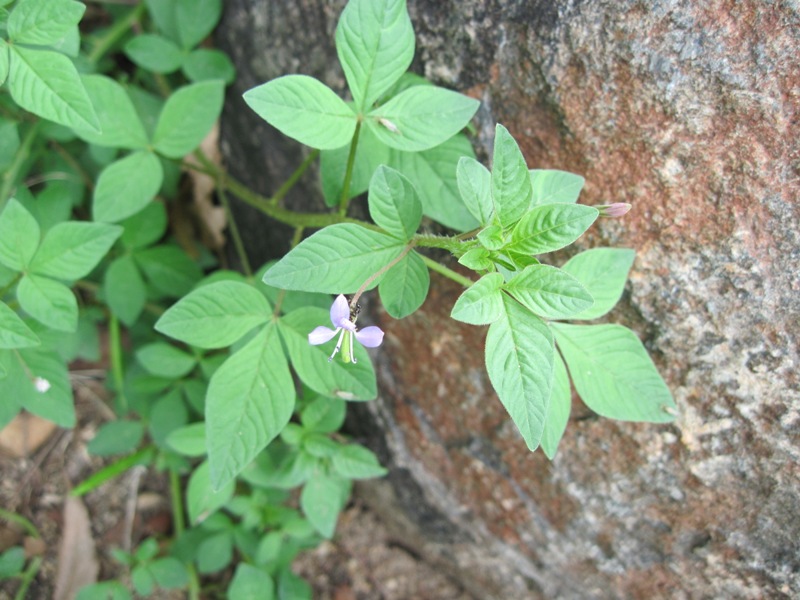
Cleome rutidosperma, commonly known as the fringed spider flower or purple cleome, is a species of flowering plant in the Cleomaceae family. Cleome rutidosperma is native to tropical Africa. The leaves are edible and consumed in parts of Africa and India. Traditionally, the plant is used to treat ear inflammation, convulsions, irritated skin, and malaria. The roots are known for their antihelminthic, analgesic, and anti-inflammatory properties.
Health Benefits of Purple cleome (Cleome rutidosperma)
Cleome rutidosperma, commonly known as Purple Cleome, offers several health benefits due to its medicinal properties. Here are ten notable benefits:
- Anti-inflammatory: The plant has anti-inflammatory properties, which can help reduce inflammation and pain.
- Antioxidant: It contains antioxidants that help protect the body from oxidative stress and free radical damage.
- Antimicrobial: Cleome rutidosperma exhibits antimicrobial activity, making it useful in treating infections.
- Antimalarial: Traditionally used to treat malaria, the plant has shown moderate activity against Plasmodium falciparum.
- Analgesic: It has pain-relieving properties, which can help alleviate various types of pain.
- Anthelmintic: The roots are used to expel parasitic worms from the body.
- Laxative: The plant acts as a natural laxative, aiding in digestion and relieving constipation.
- Diuretic: It promotes the production of urine, helping to flush out toxins from the body.
- Anti-diabetic: Some studies suggest that it may help in managing blood sugar levels.
- Skin Health: The leaf sap is used to treat ear inflammation, convulsions, and irritated skin conditions
The Chemical Composition of Purple cleome (Cleome rutidosperma)
Cleome rutidosperma, or Purple Cleome, has a rich chemical composition that contributes to its medicinal properties. Here are some key components:
Proximate composition
- Moisture: 11.8%
- Ash: 10.4%
- Crude Protein: 22.8%
- Fiber: 5.10%
- Crude Fat: 4.42%
- Carbohydrate: 45.5%
Mineral Content
- Calcium: 787 mg/100g
- Potassium: 545 mg/100g
- Phosphorus: 289 mg/100g
- Copper: 8.17 mg/100g
Phytochemicals
- Alkaloids: 0.158 mg/g
- Tannins: 6.25 mg TAE/g
- Flavonoids: 8.22 mg QE/g
- Saponins: 0.082 mg/g
- Phenolic Content: 16.6 mg TAE/g
Other chemical constituents
- Steroids
- Sterols
- Triterpenoids
- Phenolic Substances
- Mucilages
- Amphetamine
- 10,13-Octadecadiynoic Acid
- Phytol
- Eucalyptol
These components contribute to the plant’s various health benefits, including its anti-inflammatory, antioxidant, antimicrobial, and antimalarial properties.
How to Use Purple cleome (Cleome rutidosperma) as Herbal Medicines
Cleome rutidosperma, or Purple Cleome, can be used in various ways as herbal medicine. Here are some common methods:
1. Leaf extract
- Preparation: Crush fresh leaves to extract the juice.
- Uses: The leaf sap can be applied to treat earaches, ear inflammation, and skin irritations.
2. Decoction
- Preparation: Boil the leaves or roots in water.
- Uses: This decoction is traditionally used to treat malaria and convulsions.
3. Poultice
- Preparation: Crush the leaves and mix with a small amount of water to form a paste.
- Uses: Apply the poultice to the skin to soothe irritated skin conditions and prickly heat.
4. Infusion
- Preparation: Steep the leaves in hot water for several minutes.
- Uses: Drink the infusion to help with digestive issues and as a laxative.
5. Edible leaves
- Preparation: Cook the leaves as you would with other leafy greens.
- Uses: Consuming the leaves can provide nutritional benefits and is particularly valued by pregnant or breastfeeding women.
6. Root powder
- Preparation: Dry the roots and grind them into a fine powder.
- Uses: The root powder can be used as an anthelmintic to expel parasitic worms.
7. Topical application
- Preparation: Use the leaf extract or sap directly on the skin.
- Uses: This can help with minor wounds, cuts, and insect bites due to its antimicrobial properties.
8. Ear Drops
- Preparation: Use the fresh leaf juice as ear drops.
- Uses: Effective for treating ear infections and inflammation.
9. Anti-inflammatory Use
- Preparation: Apply the leaf extract or decoction to inflamed areas.
- Uses: Helps reduce inflammation and pain.
10. Antioxidant Use
- Preparation: Consume the leaves or use the extract.
- Uses: Provides antioxidant benefits, protecting the body from oxidative stress.
Always consult with a healthcare professional before using any herbal remedies, especially if you have underlying health conditions or are taking other medications.
Safety and Adverse Effects of Purple cleome (Cleome rutidosperma)
Cleome rutidosperma, or Purple Cleome, is generally considered safe when used appropriately. However, like any medicinal plant, it can have potential side effects and safety considerations:
Safety Considerations
- Skin Irritation: The fine hairs on the stems and leaves can cause itching and skin irritation upon contact.
- Allergic Reactions: Some individuals may experience allergic reactions, such as rashes or itching, when handling the plant.
- Pregnancy and Breastfeeding: While the leaves are traditionally consumed by pregnant or breastfeeding women, it’s always best to consult with a healthcare provider before use.
- Dosage: Proper dosage is crucial. Overconsumption or improper preparation can lead to adverse effects.
Adverse Effects
- Gastrointestinal Issues: Ingesting large amounts may cause stomach upset or diarrhea.
- Respiratory Issues: Inhaling the fine hairs or pollen may cause respiratory irritation in sensitive individuals.
- Toxicity: There is limited information on the toxicity of Cleome rutidosperma, but it is generally advised to use it in moderation.
General Advice
- Consultation: Always consult with a healthcare professional before using Cleome rutidosperma, especially if you have underlying health conditions or are taking other medications.
- Patch Test: Conduct a patch test before applying the plant extract or sap to larger areas of the skin to check for any allergic reactions.
- Proper Preparation: Ensure the plant is properly prepared and dosed to avoid potential adverse effects.
External links
Safety and side effects of Purple cleome
methods to use Purple cleome as herbs
Chemical composition of Purple cleome
International Journal of Advanced Biochemistry Research


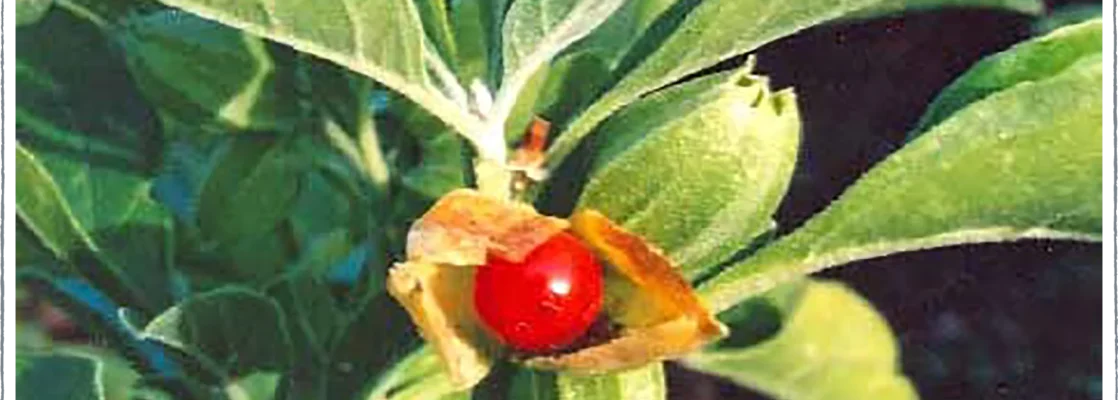
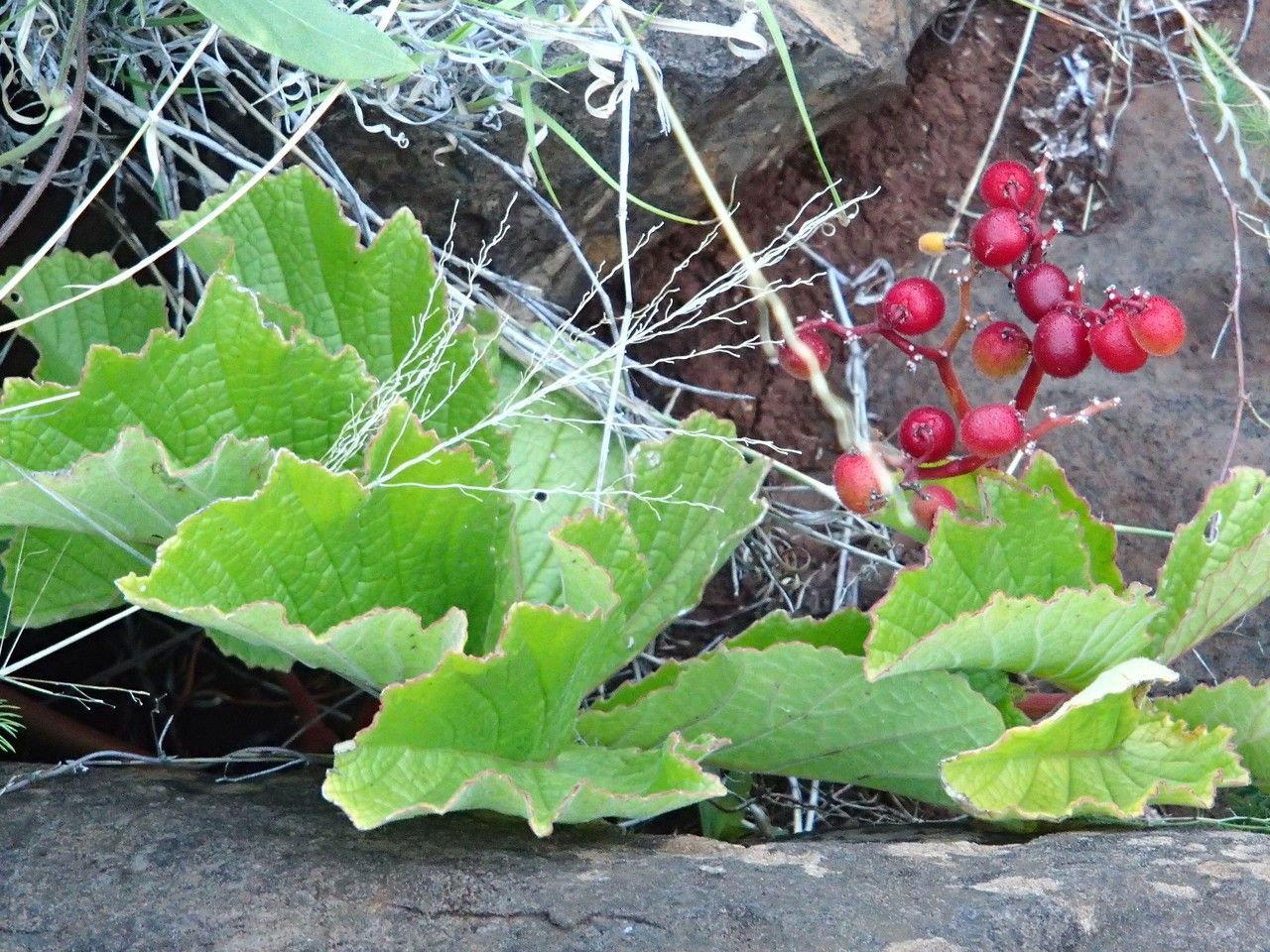
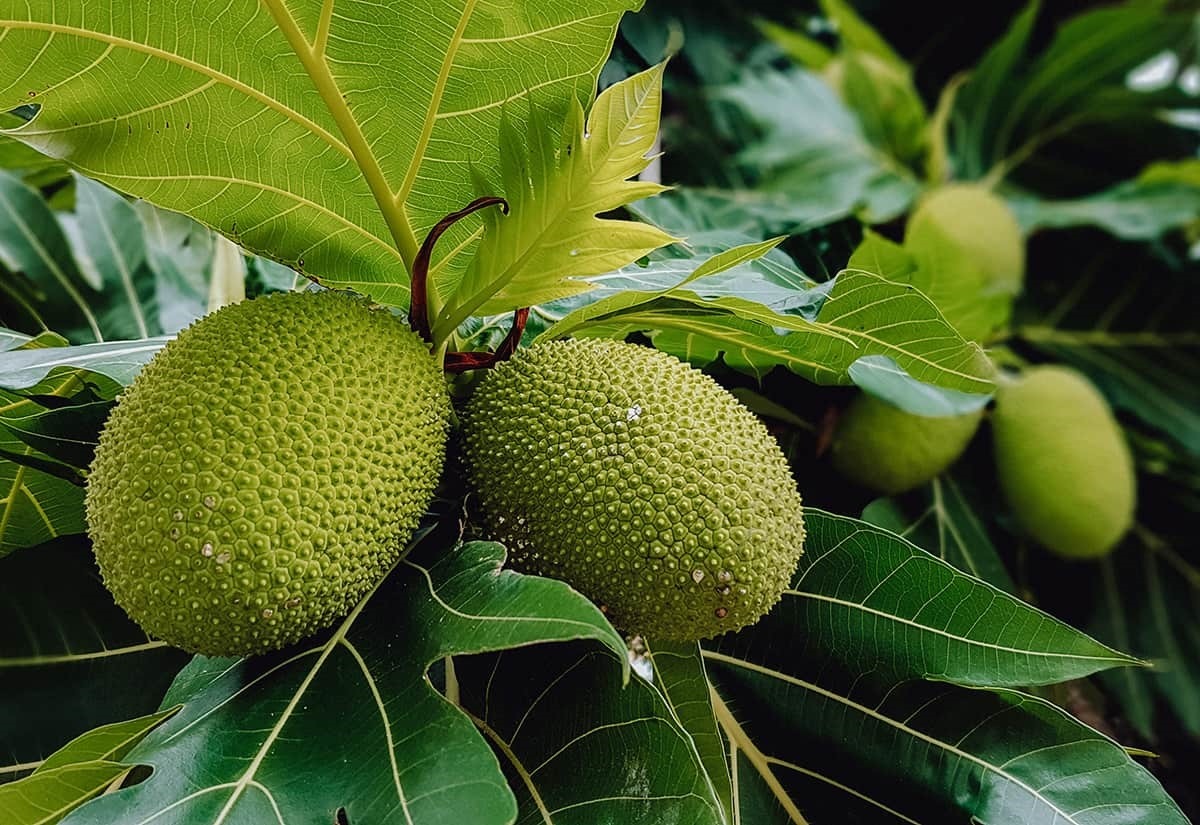
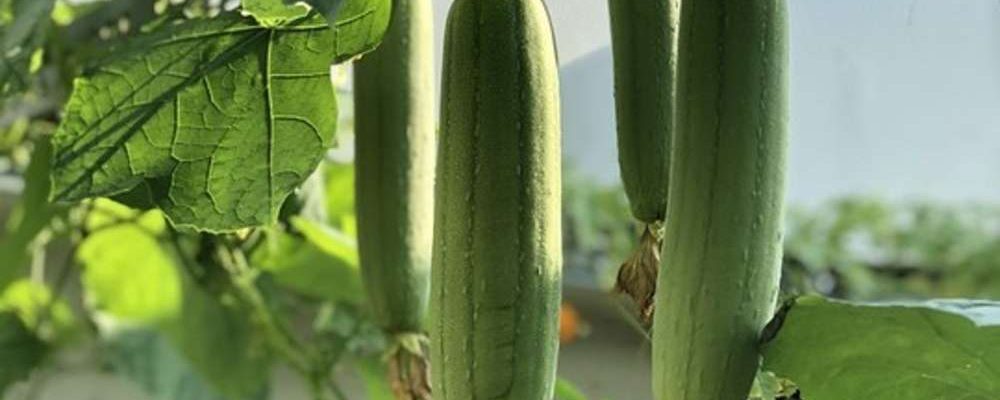

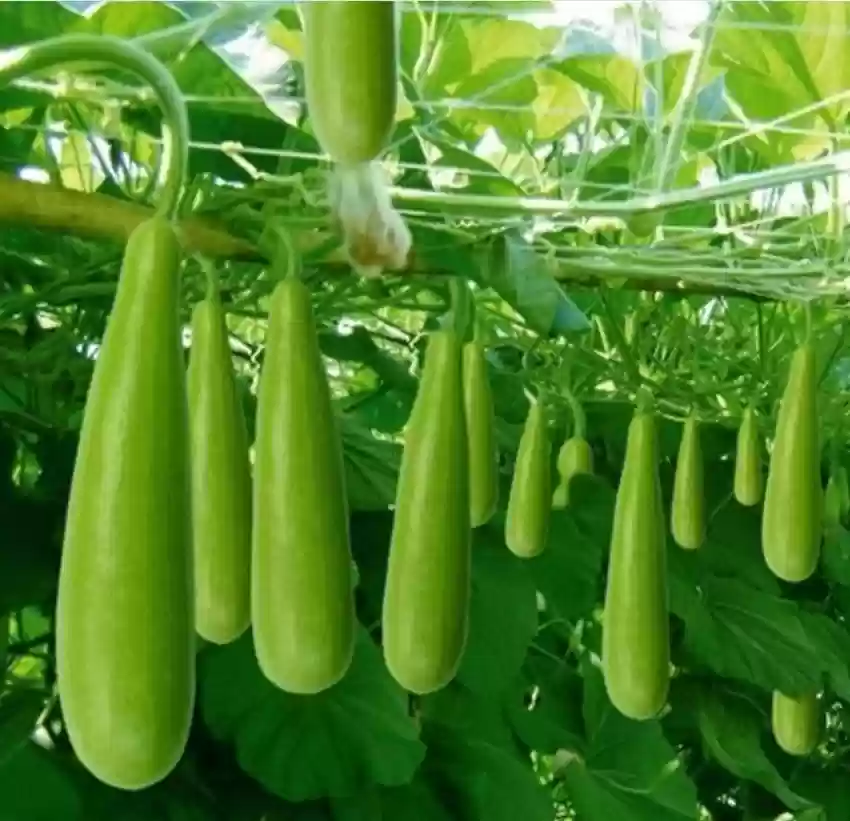

Review Purple cleome (Cleome rutidosperma).
You must be logged in to post a review.